Posts About iNaturalist
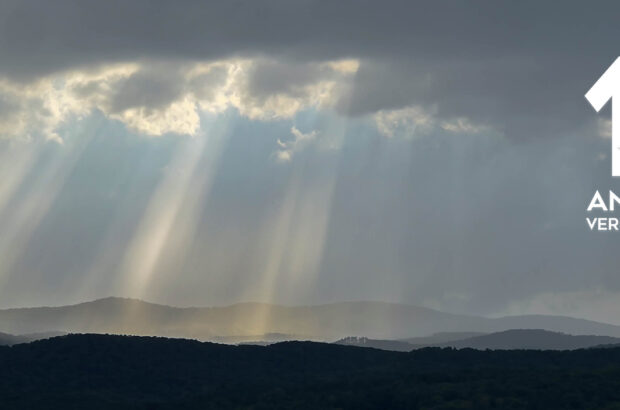
Vermont Atlas of Life iNaturalist Project Celebrated 10th Anniversary in 2023 by Surpassing 1 Million Records
In 2023 thousands of iNaturalists added over 200,000 biodiversity records to the rapidly growing database of life in Vermont, helping us surpass 1 million records during our 10-year anniversary. Read about all the amazing discoveries and more.
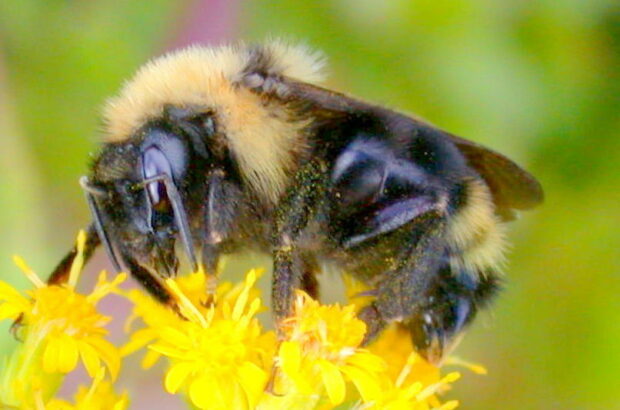
Bumblebee Photographed in Backyard is a New Species for Vermont
It took a photo, a drawing, a naturalist’s boundless curiosity, and bee experts from across the nation for Vermont to claim a new bumblebee species for the state last week.
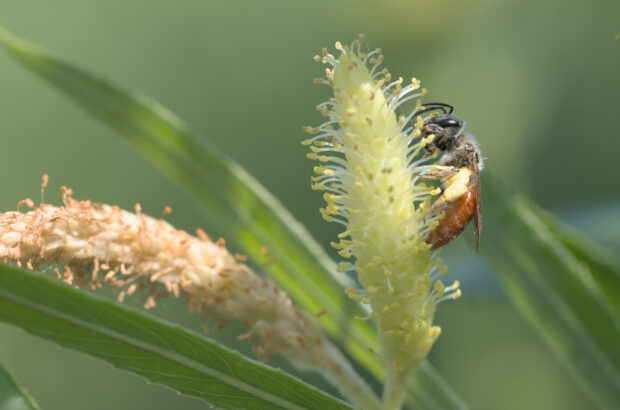
New Native Bee Species Discovered for Vermont
A mystery red bee visiting an uncommon willow tree in bloom becomes Vermont’s latest native bee species discovery by biologist Spencer Hardy.
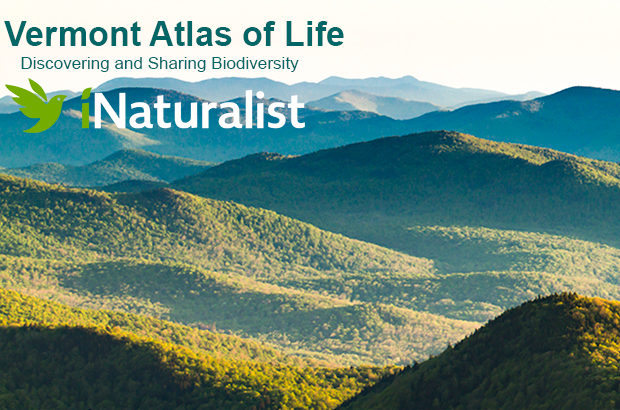
iNaturalists Helped the Vermont Atlas of Life Build Biodiversity Big Data in 2022
In 2022 thousands of iNaturalists added over 202,000 biodiversity records to the rapidly growing database of life in Vermont. Read about all the discoveries and more.
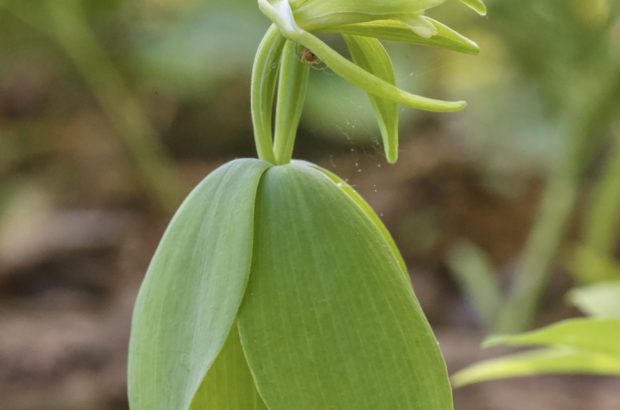
Federally Threatened Orchid Discovered in Vermont
Botanists with the Vermont Fish and Wildlife Department confirmed that a population of Small Whorled Pogonia—believed to be extinct in Vermont since 1902 and listed as Threatened under the Federal Endangered Species Act—has been documented on Winooski Valley Park District conservation land in Chittenden County. The observation was first reported to iNaturalist last fall.
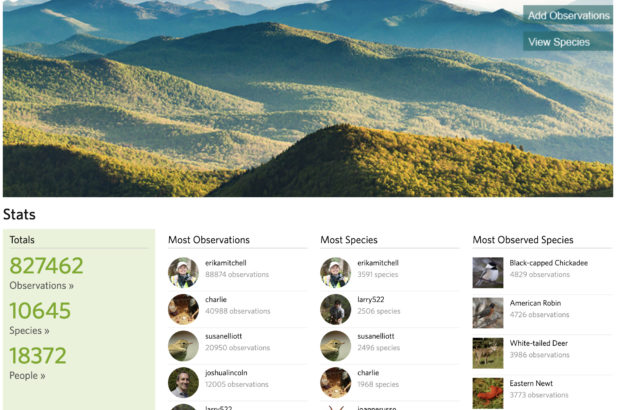
Vermont Atlas of Life on iNaturalist Surpasses Half a Million Research-Grade Records
om Scavo snapped a photo of a Trout Lily and shared it to the Vermont Atlas of Life on iNaturalist and Tom Norton soon agreed with the identification. It was something the both of them have done thousands of times, but this one was special. It was the 500,000th research-grade record for our project, making this the largest biodiversity database likely every collected for the state.
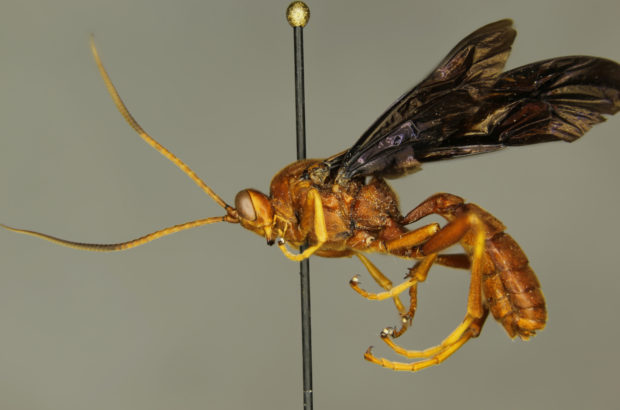
Long Distance Collaboration Documents An Overlooked, Hyper-Diverse Taxon
Two dedicated volunteers and a graduate student in Utah come together to document one of Vermont’s least studied and most diverse insect families!

iNaturalists Helped the Vermont Atlas of Life Build Biodiversity Big Data in 2021
In 2021 iNaturalists added over 201,000 biodiversity records to our rapidly growing database of life in Vermont. We had 7,759 observers contribute more than 200,000 observations representing more than 4,500 species verified. Read about all the discoveries and more!
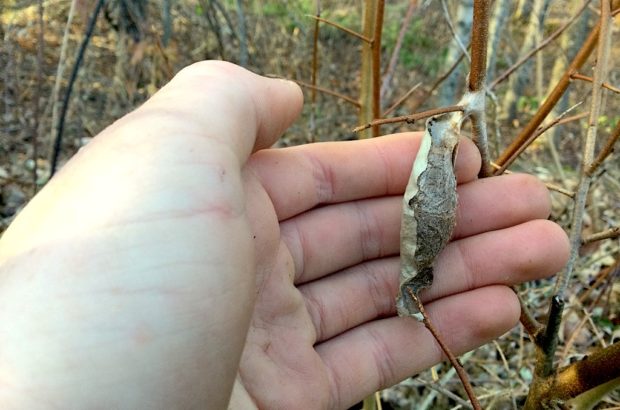
First Giant Silk Moth Cocoon Watch a Success
Finding a well hidden and camouflage cocoon after searching high and low is thrilling! Our first, annual Giant Silkmoth Cocoon Watch was a huge success with over 100 observations submitted by observant community scientists.

Still Time to Contribute to the Vermont Giant Silk Moth Cocoon Watch!
It has already been a great success. And there’s still more than two weeks left for you to contribute! Since the beginning of November, observers like you have been searching for these large cocoons and sharing with our project on iNaturalist. We’ve now tallied over 60 observations of four out of five Vermont species!






